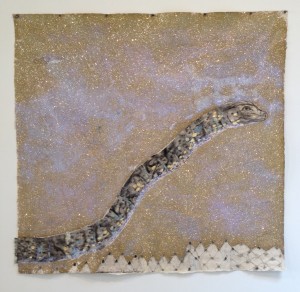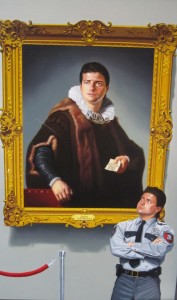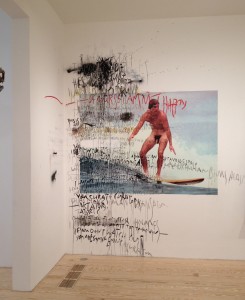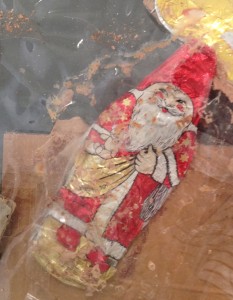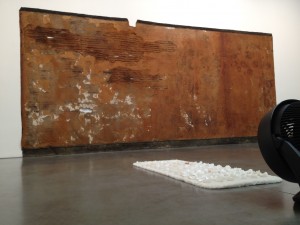
41 years ago today, LA-based artist and graphic designer Robert Overby created ‘Long wall, third floor (From the Barclay House Series), 4 August, 1971,’ a nineteen foot long cast of an abandoned building made of latex and cheesecloth. Its dirt, holes and grubby material make it a powerful symbol of entropy and decay. It’s both kin and contrast to Lizzi Bougatsos’ more delicate cracked eggshells on white bathmat – discards arranged into a fragile and pristine grid. (At Andrea Rosen Gallery, Chelsea, through August 21st.)
